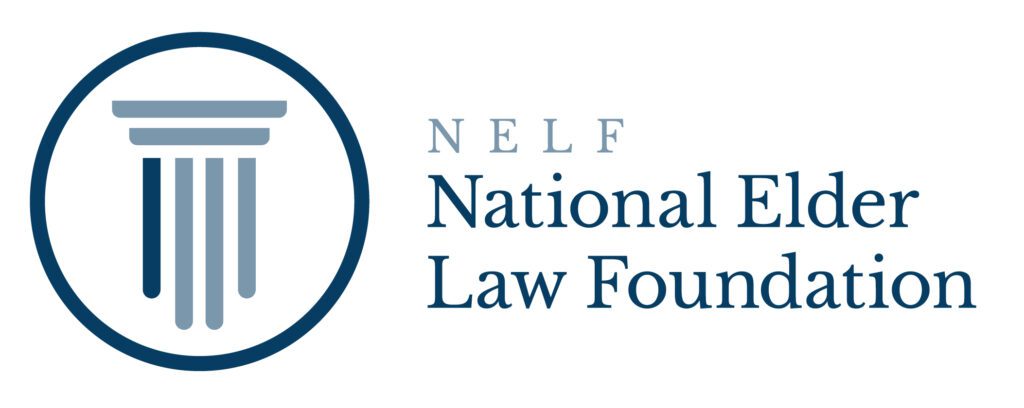A new law means wealthier Medicare beneficiaries will be paying more for their Part B and Part D coverage in the future.
The Medicare Access and CHIP Reauthorization Act of 2015 was signed by the President on April 16, 2015. In addition to increasing Medicare premiums for wealthier Medicare recipients, the law also sets a new formula for calculating payments to doctors and other providers who treat Medicare patients. It passed Congress by overwhelming margins.
Medicare Part B covers physician services, outpatient services, and some home health and preventive services. It is financed in part by beneficiary premiums which traditionally had been set at 25% of estimated program costs. Medicare Part D covers outpatient prescription drugs. Its cost is also funded in part through beneficiary premiums.
Since 2007 higher income beneficiaries have had to pay higher premiums for Parts B and D. Several income brackets were created with enrollees in higher brackets paying a greater percentage of program costs.
In 2015 individuals with modified adjusted gross income (MAGI) of $85,000 or less and couples with $170,000 or less pay only the base Part B premium of $104.90. But, beneficiaries with incomes between $85,000 and $107,000 (couples between $170,000 and $214,000) pay 35% of program costs or $146.90.
Beneficiaries above $214,000 (and couples above $428,000) pay the top monthly premiums of $335.70 in 2015, more than 3 times the base amount. Higher income beneficiaries likewise pay higher premiums for their Part D coverage. See Medicare Premium Rules for Higher-Income Beneficiaries.
Beginning in 2018, the new law will raise the premiums due from many higher-income enrollees. It does this mainly by lowering the thresholds at which beneficiaries must pay higher percentages of program costs. For example, the percentage of program costs paid by Medicare beneficiaries with MAGI between $133,501 and $160,000 ($267,001-$320,000 for a couple) will increase from 50 percent to 65 percent. And the income threshold for the highest premium (80 % of program costs) will be lowered to $160,001 (from $214,000) for individuals and $320,001 (from $428,000) for couples.
Here are the 2018 thresholds for individual beneficiaries:
If the modified adjusted gross income is: Percentage
More than $85,000 but not more than $107,000 35%
More than $107,001 but not more than $133,500 50%
More than $133,501 but not more than $160,000 65%
More than $160,000 80%
Here are the 2018 thresholds for couples:
If the modified adjusted gross income is: Percentage
More than $170,001 but not more than $214,000 35%
More than $214,001 but not more than $267,000 50%
More than $267,001 but not more than $320,000 65%
More than $320,000 80%
The law also reduces future inflation adjustments to the brackets. Prior law froze the income thresholds through 2019, at which point they were to be indexed to inflation as if they had not been frozen. But under the new law, any prior inflation will be disregarded and the threshold for inflation will be based on the brackets as they are in 2019. Reducing the inflation adjustment in this manner will increase the number of beneficiaries who will be subject to higher Medicare premiums.
In determining your income for purposes of computing your Medicare premiums for Parts B and D, Social Security uses your modified adjusted gross income as reported on your IRS tax return from 2 years prior. (This is the most recent tax return information provided to Social Security by the IRS). This means that your Medicare premiums in 2018 will be determined by your MAGI as shown on your 2016 income tax return.
Note that your MAGI or “modified adjusted gross income” is your adjusted gross income plus your tax exempt interest income.
Further Reading
Medicare Access and CHIP Reauthorization Act of 2015, TITLE IV—OFFSETS.
Analysis Prepared by the Staff of the House Energy and Commerce and Ways and Means Committees, March 24, 2015.
FAQ: Congress Passes A Bill To Fix Medicare’s Doctor Payments. What’s In It? by Mary Agnes Carey, Kaiser Health News, April 15, 2015.
Medicare’s Income-Related Premiums: A Data Note, Kaiser Family Foundation, March 20, 2015.
Raising Medicare Premiums for Higher-Income Beneficiaries: Assessing the Implications, Kaiser Family Foundation, January 13, 2014.




